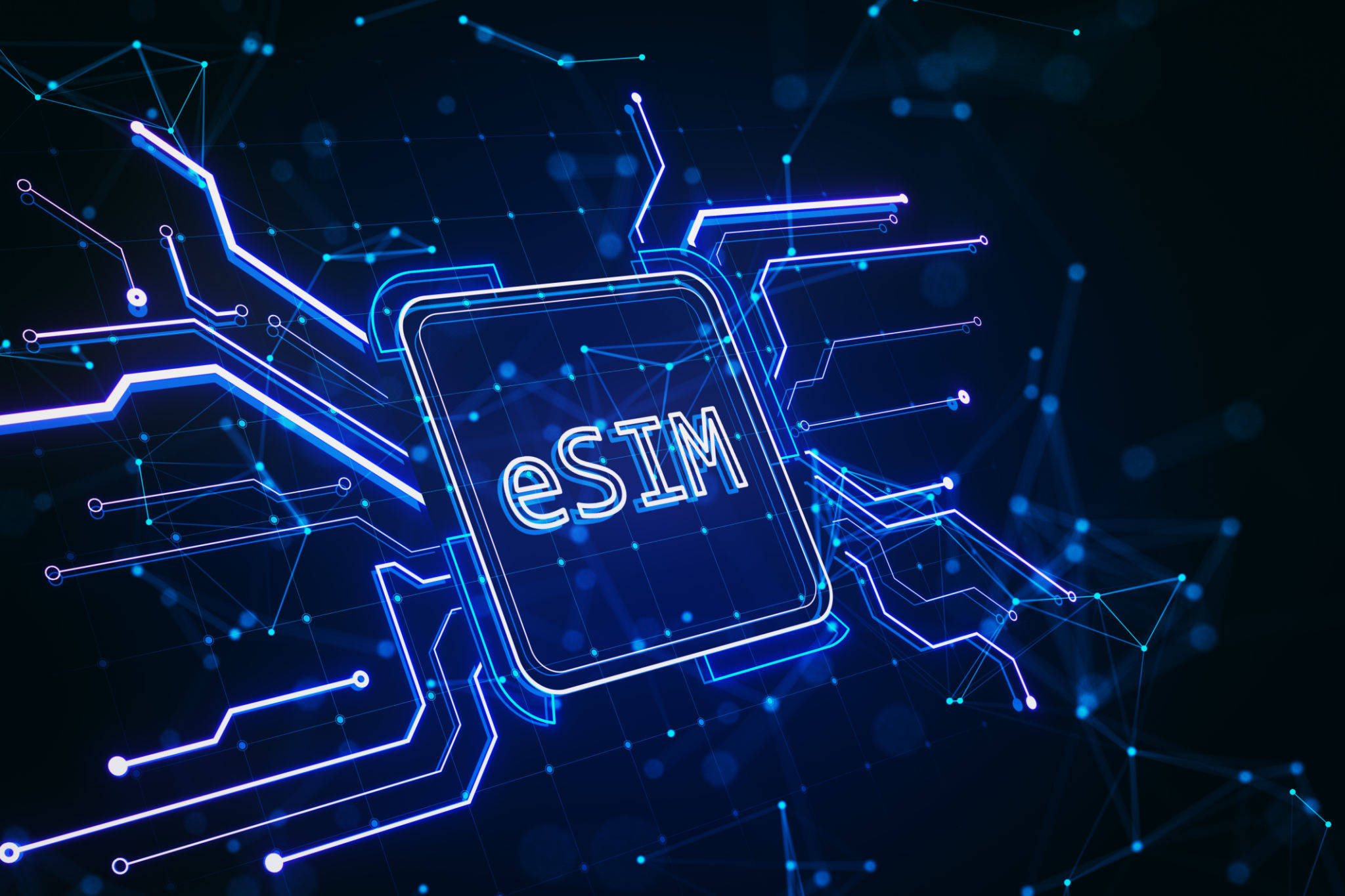eSIMs vs. Traditional SIM Cards: What Digital Nomads Need to Know
Introduction to eSIMs and Traditional SIM Cards
As digital nomads continue to traverse the globe, staying connected is a top priority. Choosing between eSIMs and traditional SIM cards can significantly impact connectivity, convenience, and cost. Understanding the differences between these two options is essential for seamless travel experiences.

What Are eSIMs?
An eSIM, or embedded SIM, is a digital SIM card that allows you to activate a cellular plan without using a physical SIM card. It's embedded directly into your device, offering greater flexibility and ease of use. More devices are being manufactured with eSIM compatibility, making it an increasingly popular choice among tech-savvy travelers.
Advantages of eSIMs
eSIMs offer several benefits, especially for digital nomads:
- Convenience: No need to switch physical cards; plans can be activated or changed remotely.
- Multiple Profiles: Store multiple profiles and switch between them easily, ideal for frequent travelers.
- Space Saving: No need for a SIM card slot, allowing for more compact device designs.

Traditional SIM Cards Explained
Traditional SIM cards are the small chips you insert into a device to enable cellular service. They come in various sizes—standard, micro, and nano—and have been the standard for years. Despite the rise of eSIMs, traditional SIM cards remain widely used due to their established infrastructure.
Pros of Traditional SIM Cards
Traditional SIM cards have their own set of advantages:
- Universal Compatibility: Work with virtually all mobile devices, making them highly versatile.
- No Internet Required: Activation doesn't require internet access, which can be beneficial in remote areas.
- Easy Swapping: Simple to swap between devices if needed.

Key Considerations for Digital Nomads
When choosing between eSIMs and traditional SIM cards, digital nomads should consider factors such as destination, device compatibility, and connectivity needs. While eSIMs offer modern conveniences, traditional SIM cards may be preferable in regions where eSIM infrastructure is still developing.
Cost Implications
The cost of using an eSIM versus a traditional SIM card can vary based on location and service provider. Digital nomads should research local carriers and compare plan prices and features. Some regions may offer more competitive pricing for one option over the other.
The Future of Connectivity
As technology advances, the balance between eSIMs and traditional SIM cards is likely to shift. More countries are adopting eSIM technology, and manufacturers continue to expand device compatibility. For digital nomads, staying informed about these changes is crucial for optimizing travel connectivity.
In conclusion, both eSIMs and traditional SIM cards have their unique advantages and drawbacks. The choice ultimately depends on individual needs and travel destinations. By understanding the differences, digital nomads can ensure they stay connected no matter where their adventures take them.
